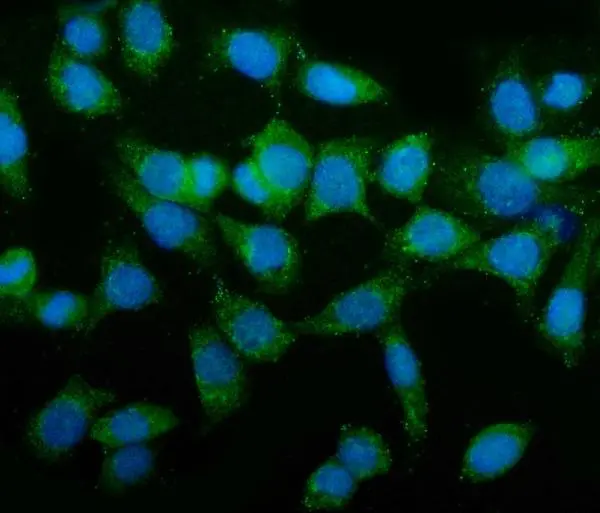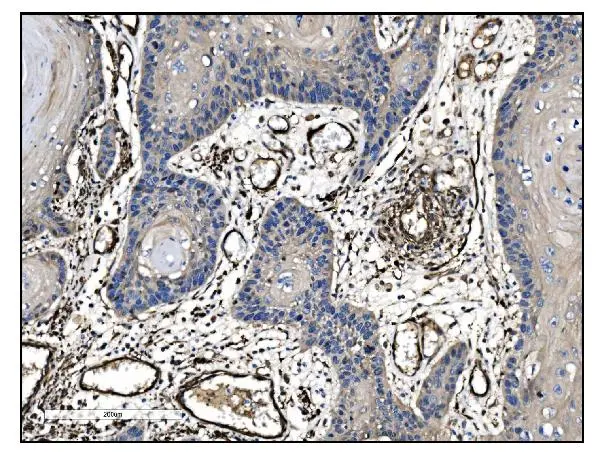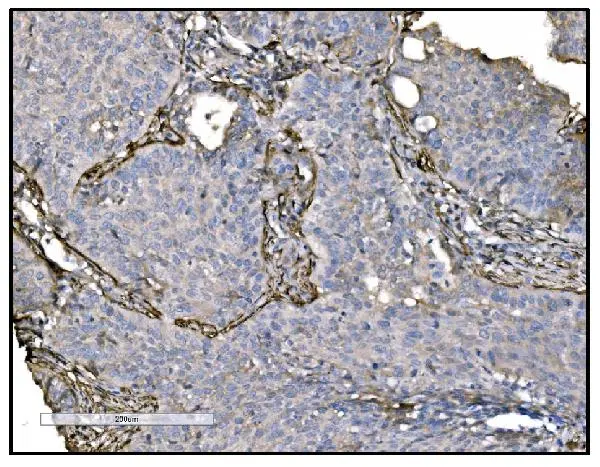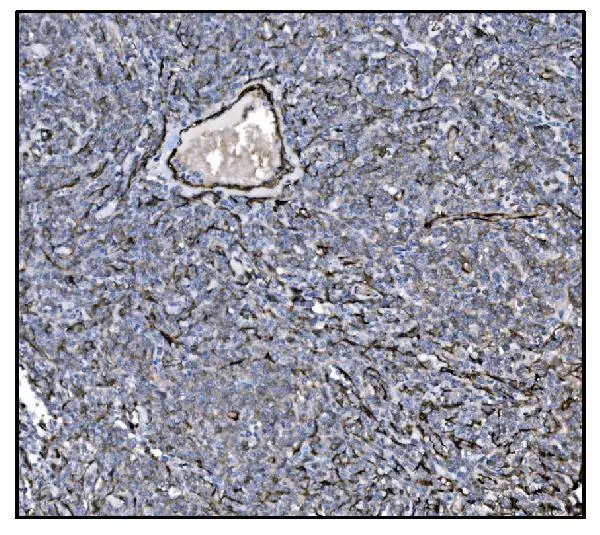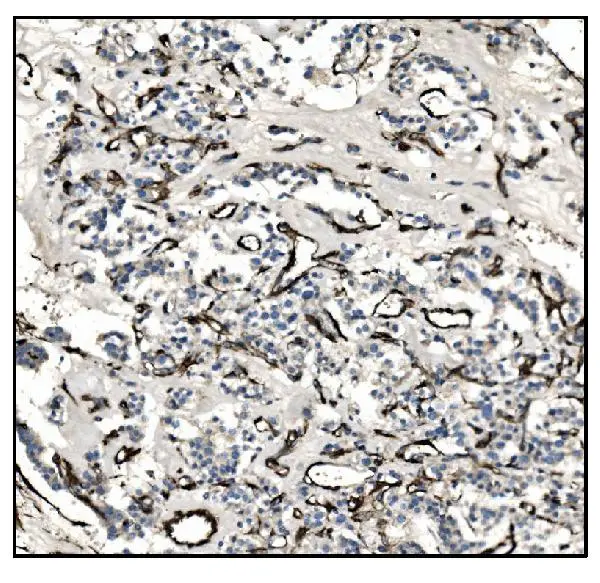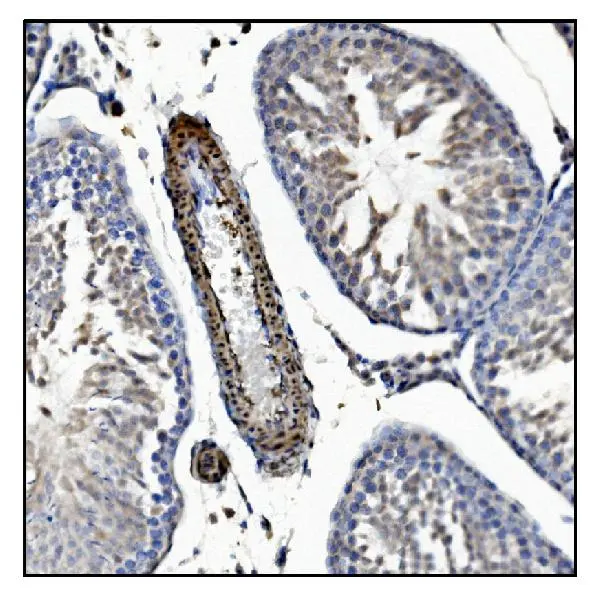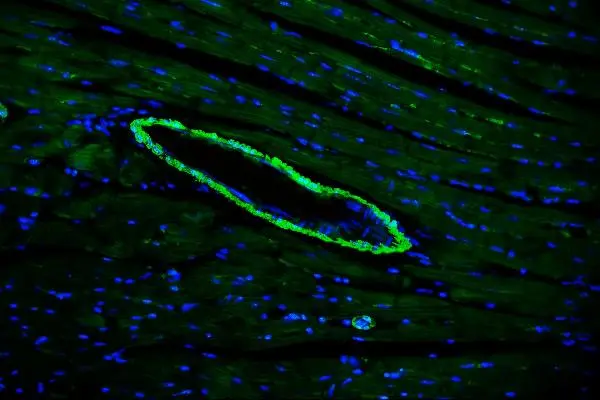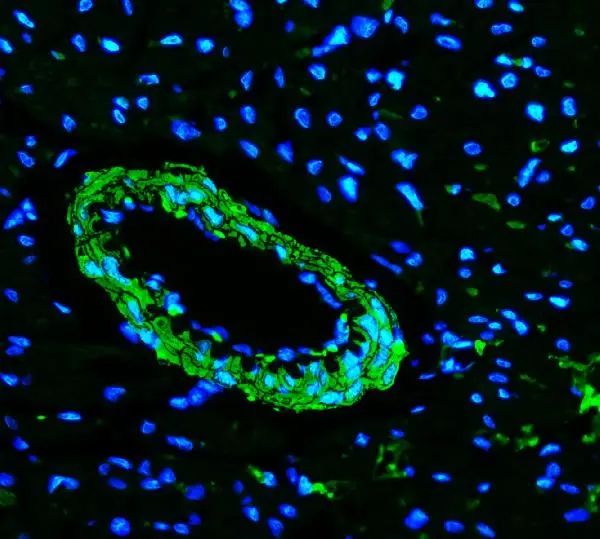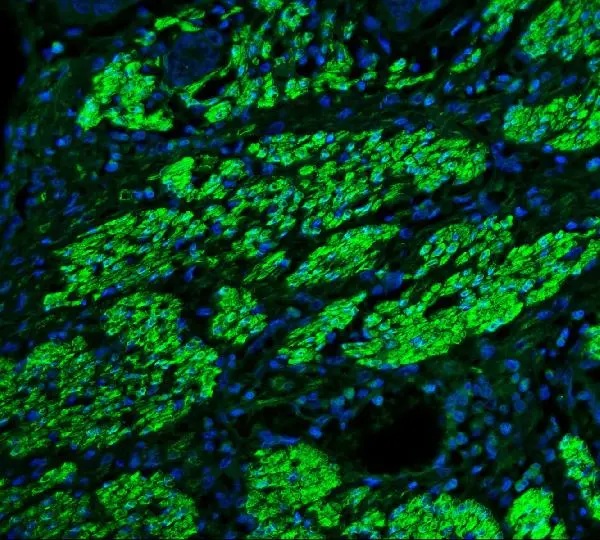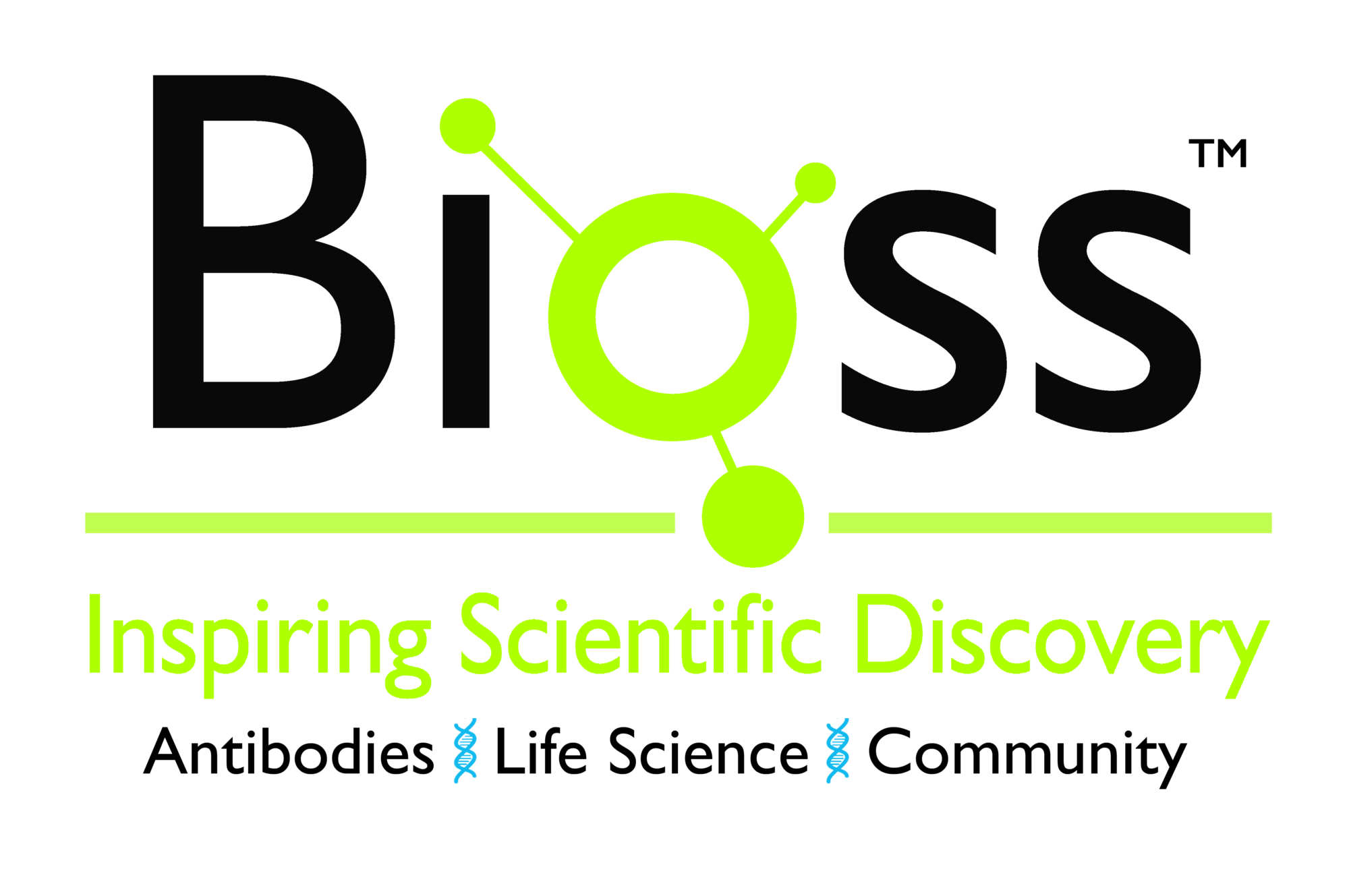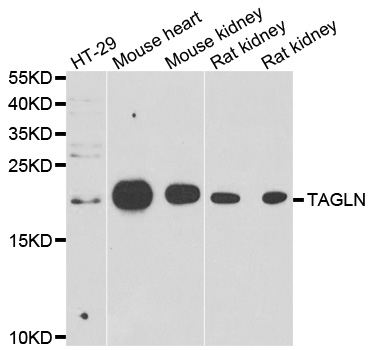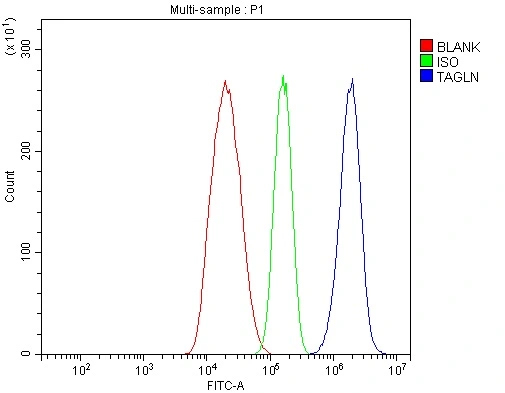
FACS analysis of HepG2 cells using GTX04763 Transgelin antibody. Blue : Primary antibody Green : Isotype control Red : Unlabeled cells Dilution : 1 microg/10? cells
Transgelin antibody
GTX04763
ApplicationsFlow Cytometry, ImmunoFluorescence, Western Blot, ELISA, ImmunoCytoChemistry, ImmunoHistoChemistry, ImmunoHistoChemistry Paraffin
Product group Antibodies
TargetTAGLN
Overview
- SupplierGeneTex
- Product NameTransgelin antibody
- Delivery Days Customer9
- Application Supplier NoteWB: 0.25-0.5 microg/mL. ICC/IF: 5 microg/mL. IHC-P: 2-5 microg/mL. FACS: 1-3 microg/106 cells. ELISA: 0.1-0.5 microg/mL. *Optimal dilutions/concentrations should be determined by the researcher.Not tested in other applications.
- ApplicationsFlow Cytometry, ImmunoFluorescence, Western Blot, ELISA, ImmunoCytoChemistry, ImmunoHistoChemistry, ImmunoHistoChemistry Paraffin
- CertificationResearch Use Only
- ClonalityPolyclonal
- Concentration0.5 mg/ml
- ConjugateUnconjugated
- Gene ID6876
- Target nameTAGLN
- Target descriptiontransgelin
- Target synonymsSM22, SM22-alpha, SMCC, TAGLN1, TGLN, WS3-10, transgelin, 22 kDa actin-binding protein, epididymis secretory sperm binding protein, smooth muscle protein 22-alpha
- HostRabbit
- IsotypeIgG
- Protein IDQ01995
- Protein NameTransgelin
- Scientific DescriptionThis gene encodes a shape change and transformation sensitive actin-binding protein which belongs to the calponin family. It is ubiquitously expressed in vascular and visceral smooth muscle, and is an early marker of smooth muscle differentiation. The encoded protein is thought to be involved in calcium-independent smooth muscle contraction. It acts as a tumor suppressor, and the loss of its expression is an early event in cell transformation and the development of some tumors, coinciding with cellular plasticity. The encoded protein has a domain architecture consisting of an N-terminal calponin homology (CH) domain and a C-terminal calponin-like (CLIK) domain. Mice with a knockout of the orthologous gene are viable and fertile but their vascular smooth muscle cells exhibit alterations in the distribution of the actin filament and changes in cytoskeletal organization. [provided by RefSeq, Aug 2017]
- Storage Instruction-20°C or -80°C,2°C to 8°C
- UNSPSC12352203

